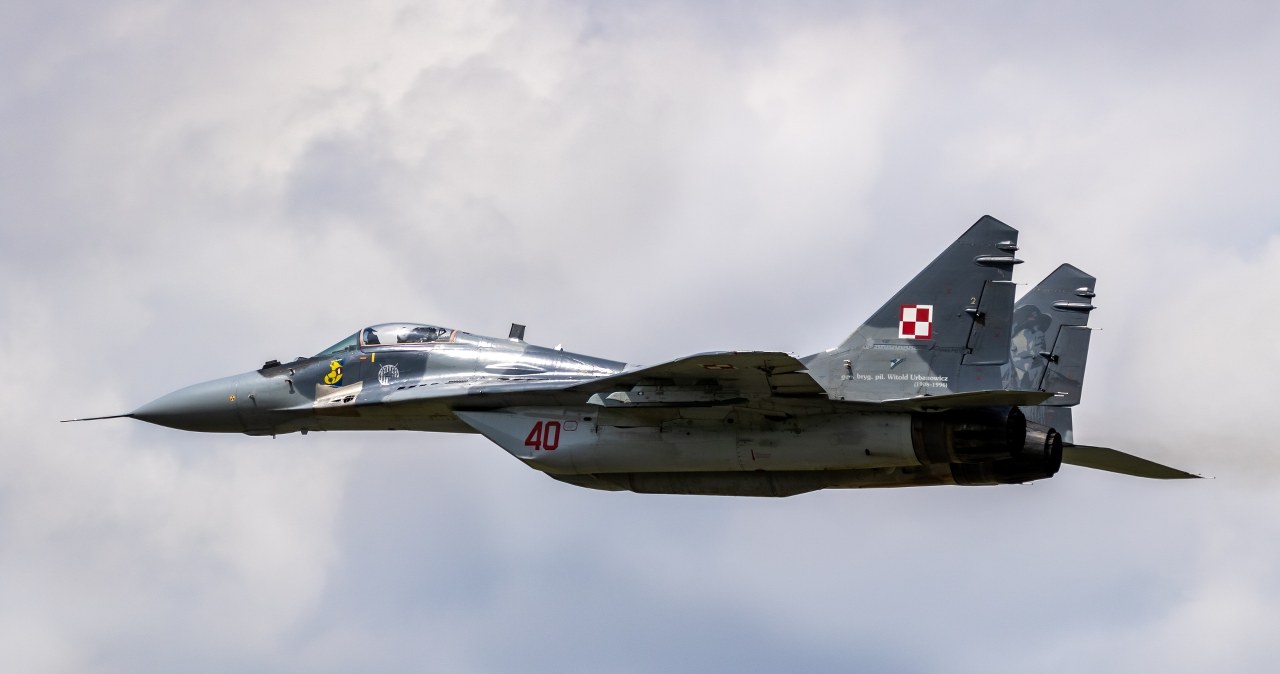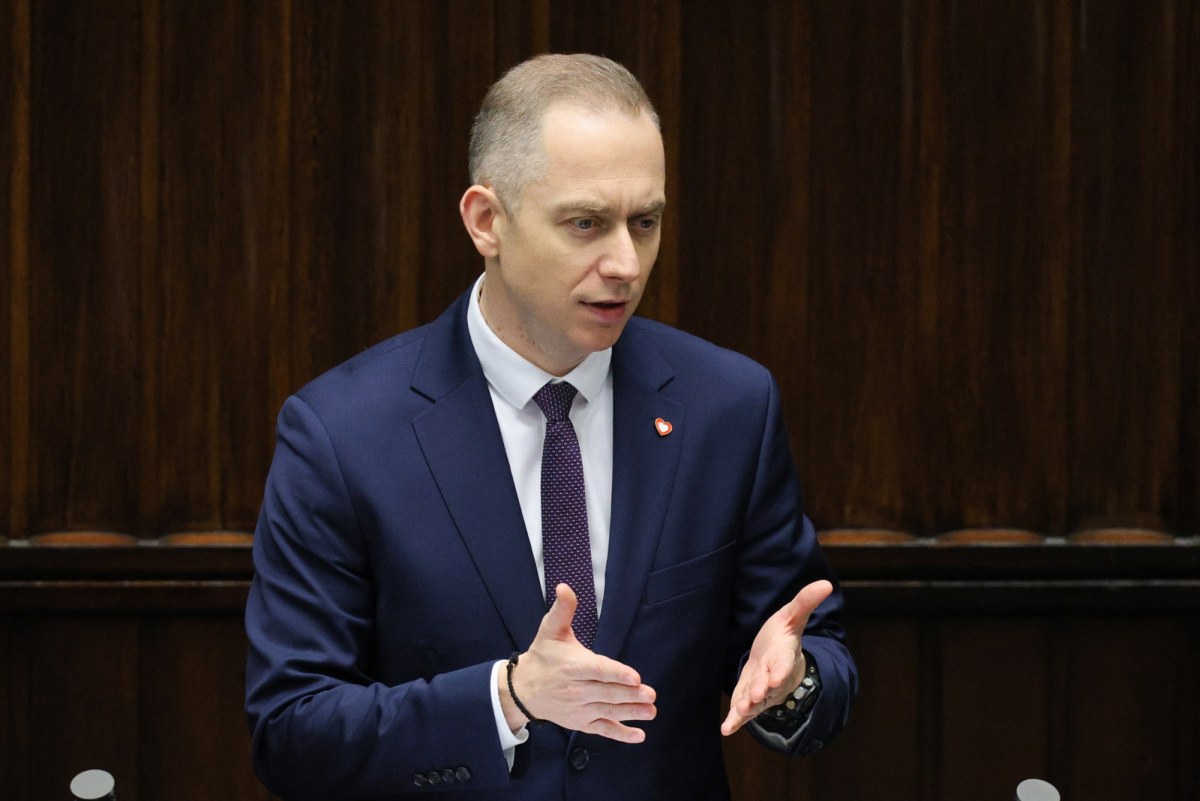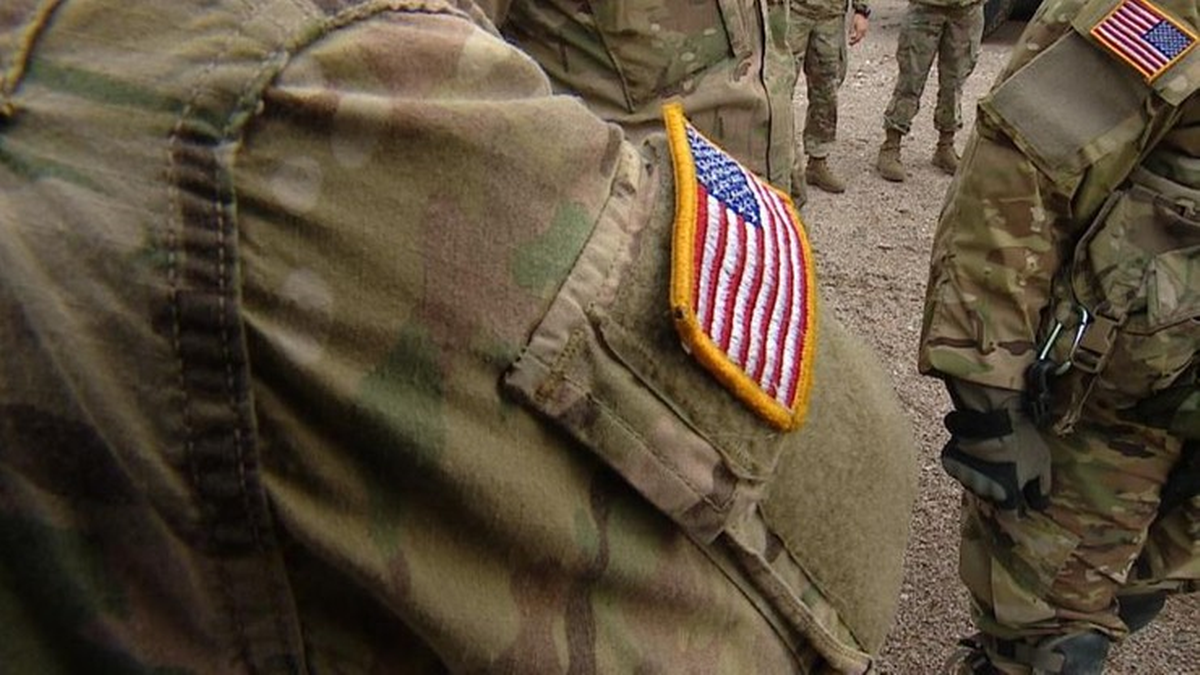There is no such a center in the whole of Europe. The Academic Center for Underwater Technologies has been launched at the Polish Naval Academy, which will combine the tasks of the training and research facility. It will also become an important element in the NATO system of rescuing the crews of damaged submarines and military divers.

The 12-meter-deep pool has been equipped with a mobile platform that can be lowered down to the bottom. A diving bell will also be there. “After it completely immersed, four meters will remain to the bottom of the tank. Divers will be able to freely leave the bell and carry out subsequent tasks. Not only that, if necessary, they will go straight from inside to the decompression chamber,” explains Cpt (N) (Res) Adam Olejnik, PhD. The pool is an integral part of the Academic Center for Underwater Technologies (Akademickie Centrum Technologii Podwodnych, ACTP). The center was launched in early September 2024. As Cpt (N) (Res) Adam Olejnik, a head of the center, assures, there is no other such institution in Europe.
How Artificial Lung Breathes
The project has been taking its shape for eight years. “In 2016, we organized a conference with the participation of the representatives of the Polish Navy, Land Forces and Special Forces. All these branches of the armed forces have divers in their ranks. We discussed about the need to establish an institution that would support their training, but also does research work,” recalls Cpt (N) (Res) Adam Olejnik. The idea was considered by the Polish Ministry of National Defense. “Along with Cpt (N) Andrzej Ogrodnik, then the head of the rescue department of the Polish Navy Inspectorate, we were tasked from the Deputy Minister of National Defense to develop the concept of such a center,” says Cpt (N) (Res) Adam Olejnik.
In the end, the plan was accepted. The construction of the facility started in 2021. After less than three years, the Academic Centre for Underwater Technologies begins operations. “The center will still be gradually retrofitted. We will probably achieve full operational readiness in 2027. We have a developed concept of development and operation of the facility accepted by the Ministry of National Defense. The document became the basis for the launch of finances to start construction,” emphasizes the manager of the facility. Before the ACTP was officially opened, the Polish Naval Academy (AMW) cadets and the special forces divers trained diving in the 12-meter pool. In the case of cadets, it was part of the practices conducted by specialists from the nearby Training Center for Divers and Scuba Divers of the Polish Armed Forces (OSNiP).

The heart of the ACTP facility will be a modern chamber hall, consisting of various types of decompression chambers – residence, transitional, medical and evacuation and working, adapted to partial flooding. These chambers form a unique simulator that allows divers to accustom their bodies to remaining at great depths. During the training cycle, the operators will gradually increase the pressure inside it, and turn the air into breathing gases. In this way, they will create conditions corresponding to those that can be found at the depth of several dozen meters to even 300 meters. After the appointed time, the pressure will be gradually lowered, and the divers will be brought to the surface. The basic training cycle will last at least a week, but in extreme cases divers can spend in the simulator up to 28 days.
Meanwhile, two other chambers have already been installed in the Center. Modern equipment will make it possible to increase the pressure inside them, so it corresponds to the one at depths of 200 and 500 meters, respectively. The first chamber will be used to test diving apparatus. The devices will be connected to artificial lungs imitating a diver’s breath. Then the interior itself will be flooded, and the specialists will start observation and analysis. The second chamber is designed to check the endurance of other types of equipment that divers use when working at great depths – for example, camera housings or electronics installed on underwater vehicles. “Both chambers have already been used in the workshop of the Department of Underwater Works Technology. They did a very good job. Now we have moved them to a new center,” explains Cpt (N) (Res) Adam Olejnik, PhD.
The already mentioned pool in the Academic Centre for Underwater Technologies, in addition to a diving bell, will soon be equipped with a simulator of a sunken tank or infantry fighting vehicle. The model will be placed on a movable platform and with the crew inside lowered down to any depth. With the model, the soldiers will practice evacuation techniques from a flooded vehicle. Every crew member must pass such a test. Without it, they will not be allowed to cross the river or canal.
The newly launched facility also includes workshops and laboratories, where scientists will work on models of new diving apparatus, gas mixtures or innovative solutions in the field of underwater vehicles. Last but not least, the Center is a full-scale medical outpatient clinic with two intensive care stations to secure experiments with people and to rescue divers. “We could talk the strengths of the Center for a long time. After all, one thing is certain: we are building a unique, and at the same time a truly multifunctional facility,” emphasizes the manager of the ACTP.
Cadet Means Diver
Diving is a field that the Polish Naval Academy has been strongly focusing on for quite some time now. “We have been dealing with it for over 50 years. As one of the few centers in NATO, we conduct training in saturated dives. From 2017, the academy students could specialize in new major – underwater works. It was directly related with the plans to create the Academic Center for Underwater Technologies. This way, we have implemented one of the elements of this concept,” explains Cpt (N) (Res) Adam Olejnik. This academic specialization functions within the frames of the mechatronics studies, with the support of the Training Center for Divers and Scuba Divers of the Polish Armed Forces. It is the staff from this unit that conducts student internships. During their studies, cadets obtain the qualifications of a younger diver, they entitle them to perform tasks at a depth of up to 20 m. The younger diver is engaged in reconnaissance, and can also conduct underwater engineering work. However, that’s not all. The graduates majoring in underwater works are also certified diving managers, as well as operators of decompression chambers and underwater vehicles. They can also prepare breathing mixtures.

Petty Officer 2 Aleksander Brągoszewski also chose this career path. Currently, he participates in internships organized between the third and fourth years of study. The first part was conducted by instructors from the Training Center for Divers and Scuba Divers of the Polish Armed Forces, the second part – by the specialists from the Support Ships Division of the 3rd Flotilla in Gdynia. We talk a few moments after the cadet’s return to the port on board the rescue ship ORP ‘Piast.’ “This time we did not dive, but earlier I had the opportunity to dive in the Baltic Sea as well. A candidate for a junior diver must spend a certain number of hours under water and, above all, pass the depth tests. In other words, such candidate should at least twice go 20 meters down under water, which is not possible in the pool,” explains Petty Officer 2 Aleksander Brągoszewski.
The cadet has passed this learning stage already. “The course for junior divers was divided into two parts. The first was about diving with autonomous equipment, which we trained during the first year. During the second one, we trained diving with wire equipment. Then, our knowledge was verified. I’ve passed the tests, and I am a junior diver now,” he says. A few days ago, Petty Officer 2 Aleksander Brągoszewski also completed a course for dive manager, and now he earns qualifications of a chamber operator. “After my graduation, I would like to become a rescue diver in the Support Ships Division,” he announced. Obtaining the qualifications of a junior diver is an introduction on his way to reach this goal.
“The next stage is training for a diver of a chosen specialization: miner, engineering diver or rescue diver. Afterwords, you can earn the rank of senior diver,” enumerates LtCdr Michał Drabarczyk, spokesman for and at the same time an instructor at the Training Center for Divers and Scuba Divers of the Polish Armed Forces. A long way, which, however has been significantly shortened with new specialization opportunities at the Polish Navy Academy. “Those cadets who complete it are prepared to take up the first positions in diving units. They don’t start from scratch. This way, we reduced the time of the specialist training by five years,” emphasizes Cpt (N) (Res) Adam Olejnik. Ensign Łukasz Sokół, one of the first graduates specializing in underwater work, can share his opinion on the subject. “Two years ago, right after graduation, I went to OSNiP, and just a few days later I started the training for candidates for a junior diver. Soon, I also conducted my first course as an instructor,” recalls the officer and adds: “If someone would like to seriously engage in diving, it is difficult to imagine a better way for him than studying at the Polish Navy Academy. We had classes with professionals who gained experience both in the army and as civilians. We have assimilated a lot of theoretical knowledge, writing engineering and master’s thesis, as well as articles for scientific journals. Above all, we trained diving – in the OSNiP pools, in the Baltic Sea… Now, the cadets will move from the old facilities of the Department for Technologies of Underwater Work to a new place. The launch of the Academic Center for Underwater Technologies will open up the opportunities for them that earlier years could only dream of,” he concludes. Meanwhile, the new center will serve not only cadets and scientists. Its functions will be much broader.
In NATO Network
“Please, imagine such a situation. Special forces operation. A high-altitude flight, a jump and a grounding, the soldiers descend under water, carry out a task related to diversion, rise to the surface, and fly away. High pace, fast pressure changes, a human body needs to be properly prepared for all this. This you can do with us: in the hyperbaric facility, which allows to increase the pressure, and the hypobaric chamber, where the pressure is lowered down, just like it is high above the earth’s surface,” explains Olejnik. “Soon, we will also install a cryochamber in which you can accustom the body to low temperatures.”

Special forces have already practiced at the center. AMW employees assume that sailors will soon also join them. The facility may prove useful for divers who belong to the crews of rescue ships. “We have four such units in the Polish Navy. Each one can use the diving bell. Divers can practice using it without going to sea. This will reduce training costs,” emphasizes the head of the ACTP. The center can also be useful for the aforementioned tank soldiers.
The new facility is to help increase operational capacity also in the technological dimension. It’s not just about research work conducted by scientists. In July this year, the world’s second service center for Gavia autonomous vehicle was launched in the ACTP. Small underwater devices are primarily used to search for mines, but they can also be used to monitor the infrastructure that is located on the seabed. The Polish Navy has four Gavia vehicles at their disposal. They are used by the crews of Kormoran II mine destroyers and by divers of the 12th and 13th Minesweepers Division. Soon, however, the number of vehicles will increase. Ultimately, the Polish Navy wants to have a dozen of them.
The repair and service of devices for years has been handled by Enamor in Gdynia – a partner of the manufacturer, i.e. the Icelandic Teledyne company. Until now, however, only part of the work could be done in Poland. To realize the full range of them, it was necessary to ship devices to Iceland. This changed after the launch of a certified service center at the ACTP. “We have great technical facilities there,” assures Jakub Przystalski from Enamor company, enumerating elements of infrastructure, such as a pool with a lowered bottom or cranes for lifting vehicles.
Meanwhile, foreign scientific institutions are beginning to be interested in the new center. “The desire to cooperate was expressed by the Swedes, and recently the Romanians. This, of course, is only the preliminary stage. For now, we are focusing on retrofitting the facility,” admits a director of ACTP. One thing is certain: the launch of a new center is a sign that the Polish Naval Academy, which is over a century old, still has significant development potential.









